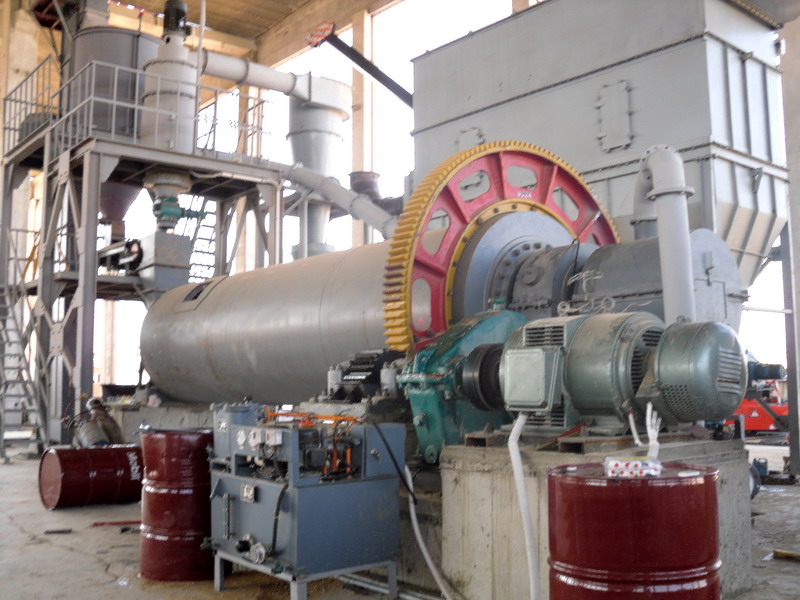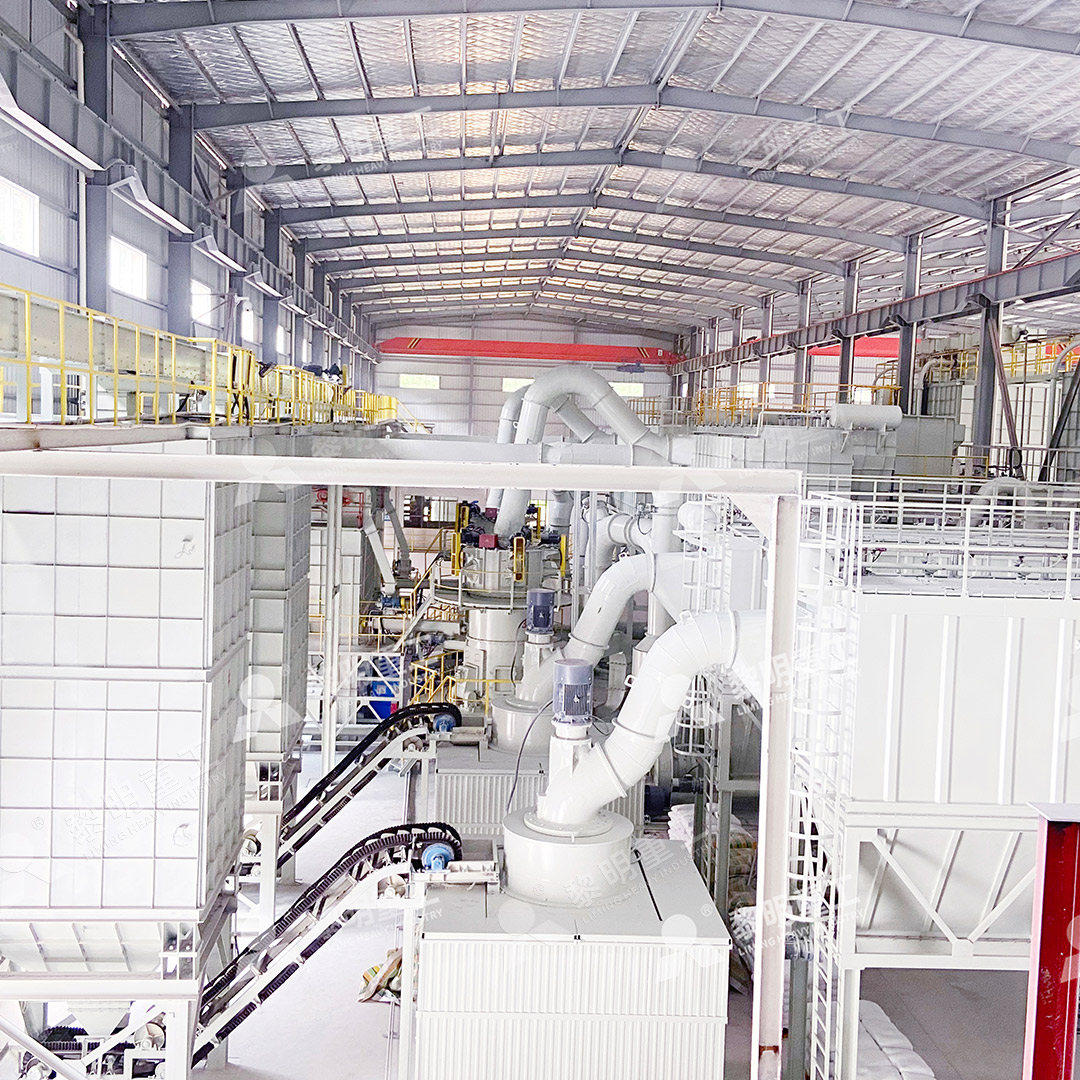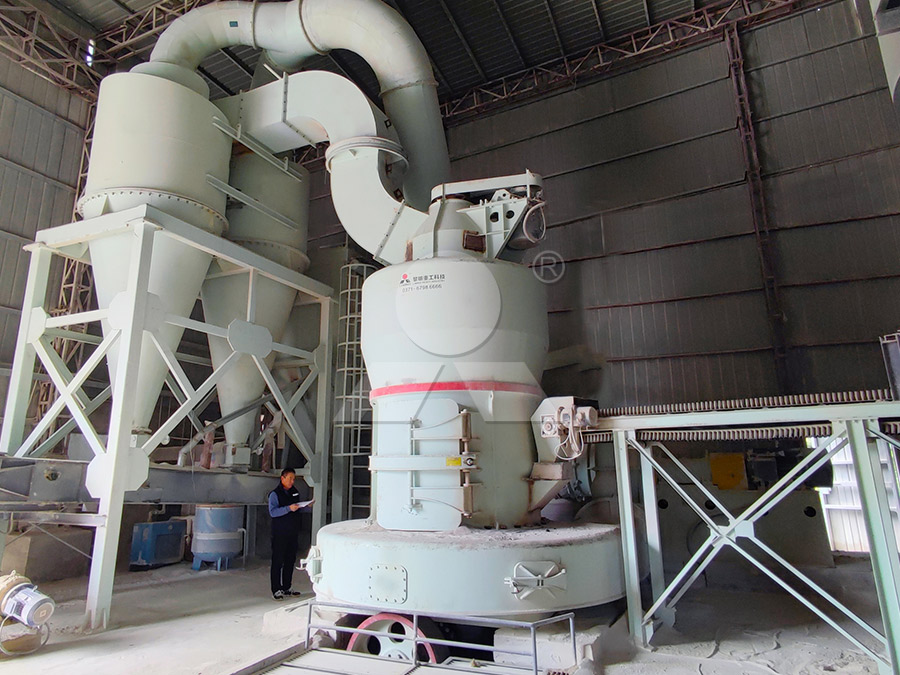Iron Ore Ball Mill Maintenance Checklist: A Comprehensive Guide
Iron Ore Ball Mill Maintenance Checklist: A Comprehensive Guide
Proper maintenance is the lifeblood of any industrial operation, and when it comes to grinding abrasive materials like iron ore, a rigorous and consistent maintenance schedule for your ball mills isn’t just recommended—it’s absolutely critical. Neglect can lead to catastrophic downtime, soaring repair costs, and lost production. This guide provides a comprehensive checklist to help you keep your iron ore ball mills running smoothly and efficiently.
Daily Maintenance Checks
These visual and operational checks should be performed at the start of each shift or every 24 hours of operation.
- Lubrication Inspection: Check oil levels in the trunnion bearings, pinion gear bearings, and motor bearings. Look for any signs of oil leaks around seals and gaskets. Ensure grease points on the pinion gear and coupling are adequately greased.
- Vibration & Noise: Listen for unusual noises such as metallic grinding, knocking, or excessive vibration. These can be early indicators of liner wear, broken lifters, or issues with bearings and gears.
- Temperature Monitoring: Use an infrared thermometer to check the surface temperature of the trunnion bearings. A sudden spike in temperature often signals lubrication failure or impending bearing damage.
- Drive System: Inspect the girth gear and pinion alignment and look for any signs of abnormal wear or damage. Check motor amperage readings to ensure they are within normal operating range.
- Dust & Leaks: Check for dust around the mill shell, which could indicate a leak at a feed or discharge point, or a failing seal.

Weekly & Monthly Maintenance Tasks
These more involved checks require planned downtime and a closer inspection of key components.
- Liner Thickness: Measure the remaining thickness of mill liners using ultrasonic testing. Plan for liner replacement before wear becomes critical to avoid damage to the mill shell.
- Bolt Torque: Check the torque on all shell liner bolts, head liner bolts, and trunnion mounting bolts. Loose bolts are a common cause of liner failure and leaks.
- Gear Inspection: Conduct a thorough visual inspection of the girth gear teeth for pitting, scoring, or wear patterns. Check gear backlash and alignment.
- Lubricant Analysis: Take oil samples from the main bearings and gearbox for analysis. This can reveal the presence of wear metals, water, or other contaminants long before a failure occurs.
- Internal Inspection: During scheduled shutdowns, enter the mill (following strict confined space entry procedures) to inspect the condition of lifters, liners, and the discharge grate for clogging or wear.
Considering an Upgrade? The Future of Iron Ore Grinding
While ball mills are workhorses, they are inherently inefficient for fine and ultra-fine grinding due to high energy consumption and media wear. For operations looking to improve efficiency, reduce maintenance downtime, and achieve a finer product size, newer technologies offer significant advantages.
For instance, our MW Ultrafine Grinding Mill is engineered for high-performance, low-maintenance operation. Designed for customers who need to make ultra-fine powder, it handles inputs up to 20mm with a capacity range of 0.5-25 tph. A key maintenance advantage is its design: there are no rolling bearings or screws inside the grinding chamber. This eliminates worries about bearing failures or machine damage from loose screws, a common headache in traditional mills. Furthermore, its external lubricating device allows for lubrication without shutdown, enabling continuous 24/7 production—a massive benefit for high-output iron ore processing plants.

Annual/Overhaul Maintenance
This is a major shutdown where the mill is completely inspected and critical components are replaced or rebuilt.
- Bearing Replacement: Plan for the replacement of trunnion bearings based on service life and oil analysis results.
- Gear Refurbishment: Re-grease the girth gear and consider re-alignment. Worn gear teeth may need to be machined or sections replaced.
- Mill Shell Inspection: Conduct a detailed NDT (Non-Destructive Testing) inspection of the mill shell for cracks, corrosion, or wear, especially around weld points and manhole covers.
- Motor & Drive Re-alignment: Completely check the alignment between the motor, reducer, and pinion shaft. Re-align as necessary to prevent premature wear.
- Control System Calibration: Calibrate all sensors, including temperature, pressure, and flow meters, to ensure accurate monitoring.
Conclusion
A proactive and disciplined approach to ball mill maintenance is non-negotiable in the demanding environment of iron ore processing. By adhering to this structured checklist, you can significantly extend the operational life of your equipment, enhance safety, and optimize grinding efficiency. Remember, the cost of preventative maintenance is always far less than the cost of emergency repairs and unplanned production stops. For those looking to leapfrog these maintenance challenges altogether, exploring modern, purpose-built grinding solutions like our MW series could be the key to unlocking new levels of productivity and reliability.

